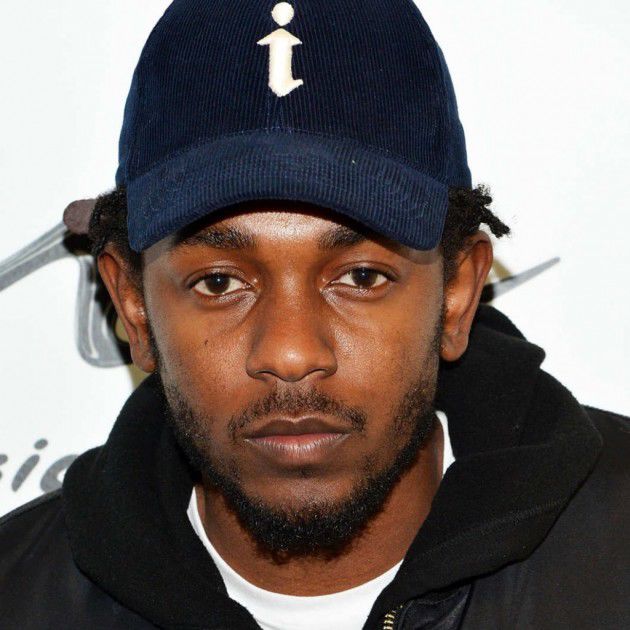Kendrick Lamar earns spot on the hip-hop throne with latest album
April 23, 2015
In just three short years, Kendrick Lamar has ascended from the violent streets of Compton, Ca. to the hip-hop throne on which he currently reigns. Discovered in the late 2000s by Dr. Dre, Lamar gained fame within the underground hip-hop collective with his debut release, “Section.80.” Lamar’s follow up, “Good Kid, M.A.A.D. City,” cemented him as the undisputed “king” of hip hop. The autobiographic album painted a harsh but truthful portrait of life in the gang-infested streets of Compton. While the album’s groundbreaking style and success brought Lamar great notoriety and admiration, his introversion and humble nature made the success feel overwhelming.
After all, this was a man who rarely left his neighborhood as a boy and was unaccustomed to the attention of the masses. Lamar stayed quiet for a while following the release of “GKMC,” occasionally performing feature verses while also supporting Kanye West on the Yeezus tour. He released few details regarding his follow-up album, leading to mass speculation from the public as to Lamar’s next step.
“To Pimp a Butterfly,” Lamar’s third studio album, combines his culture shock with the frustrations of the African-American population in contemporary America in one of the most socially conscious albums of the year, and one of the greatest hip-hop albums of our generation.
Lamar is able to weave through the state of American culture (specifically African-American culture) with relative ease. The opening track, “Wesley’s Theory,” combines elements of funk and jazz to present a clear image of how money can corrupt young and immature men. The track features electro-specialists Flying Lotus and Thundercat, with special appearances from George Clinton and Dr. Dre. Later, on “King Kunta,” Lamar relishes in his journey. No matter how humble he may be, there is no rapper on the planet who can touch him. It’s the kind of radio-friendly tracks seen on “GKMC,” and bridges the gap between the commercial and artistic values of the album.
Lamar is operating on another level, and his wordplay combined with his powerful and relevant lyrics position him to become hip-hop royalty.
In “Institutionalized,” Lamar reflects on the problem of mass incarceration and the social stigma of young African American men. It’s this type of analysis that sets Lamar apart, as he attacks these issues head on with veracity. This idea is furthered with the albums best track, “The Blacker the Berry.” Here, Lamar sacrifices grace for grit, and raps through the eyes of the African American population as a whole, referencing stereotypes and the Trayvon Martin shooting as areas of both struggle and hypocrisy. The album’s first single, “i,” released last summer, is reimagined here as a live concert, with Lamar preaching to a crowd of angry patrons about the struggles of their race. To close the album, “Mortal Man” features Lamar having a pretend conversation with his idol, Tupac Shakur, while bringing the themes of the album full circle. It is an unprecedented concept, as Lamar is able to break new ground while simultaneously revealing his ambition to be this generation’s Shakur.
Simply put, there is no hip-hop album in recent history that could compare to “To Pimp a Butterfly.” There have been groundbreaking albums in hip-hop, but none delve so intricately into the mindset of an entire race.
Lamar wants to be the next Shakur, and three albums into his career, he’s right on track.


